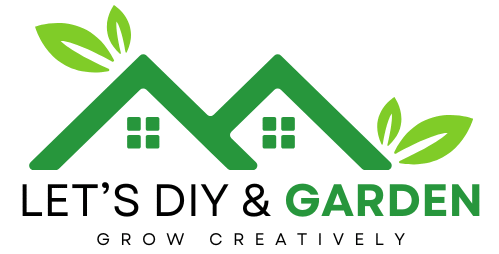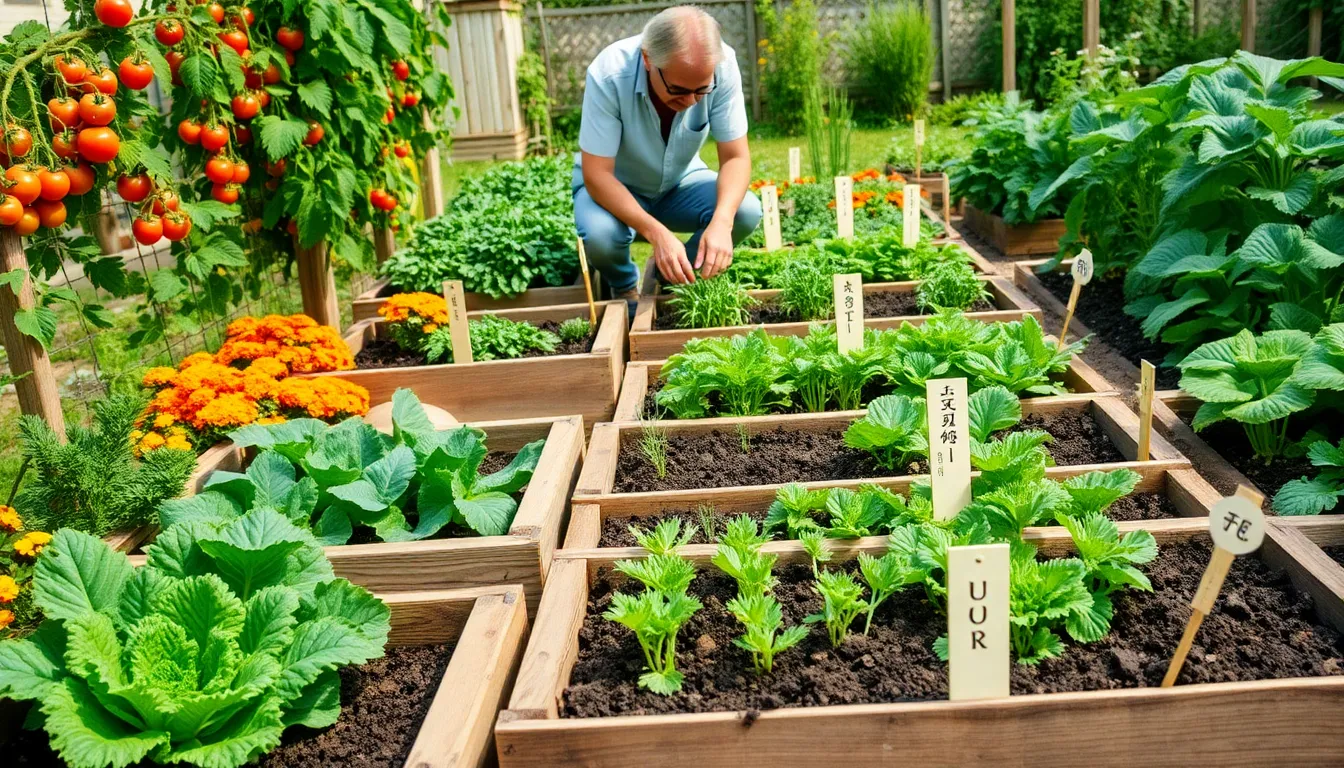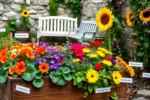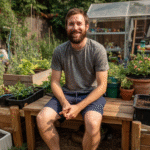There’s something profoundly satisfying about stepping into your backyard and harvesting a vibrant array of vegetables that you’ve nurtured from seed to supper. Whether you’re a seasoned horticulturist with a green thumb or a curious beginner eager to cultivate your first plot, growing your own vegetable garden offers endless rewards beyond the produce itself—it’s a journey toward self-sufficiency, sustainability, and a deeper connection with nature.
Embarking on this gardening adventure, you’ll learn essential tips for selecting the right plants for your climate, designing an efficient layout, and maintaining healthy soil. We’ll guide you through the seasonal rhythms of planting, tending, and harvesting, ensuring that every step feels achievable and rewarding. With a blend of practical advice and inspiring insights, this guide aims to empower you to transform a patch of earth into a thriving source of nourishment and joy.
Select a Sunny Location
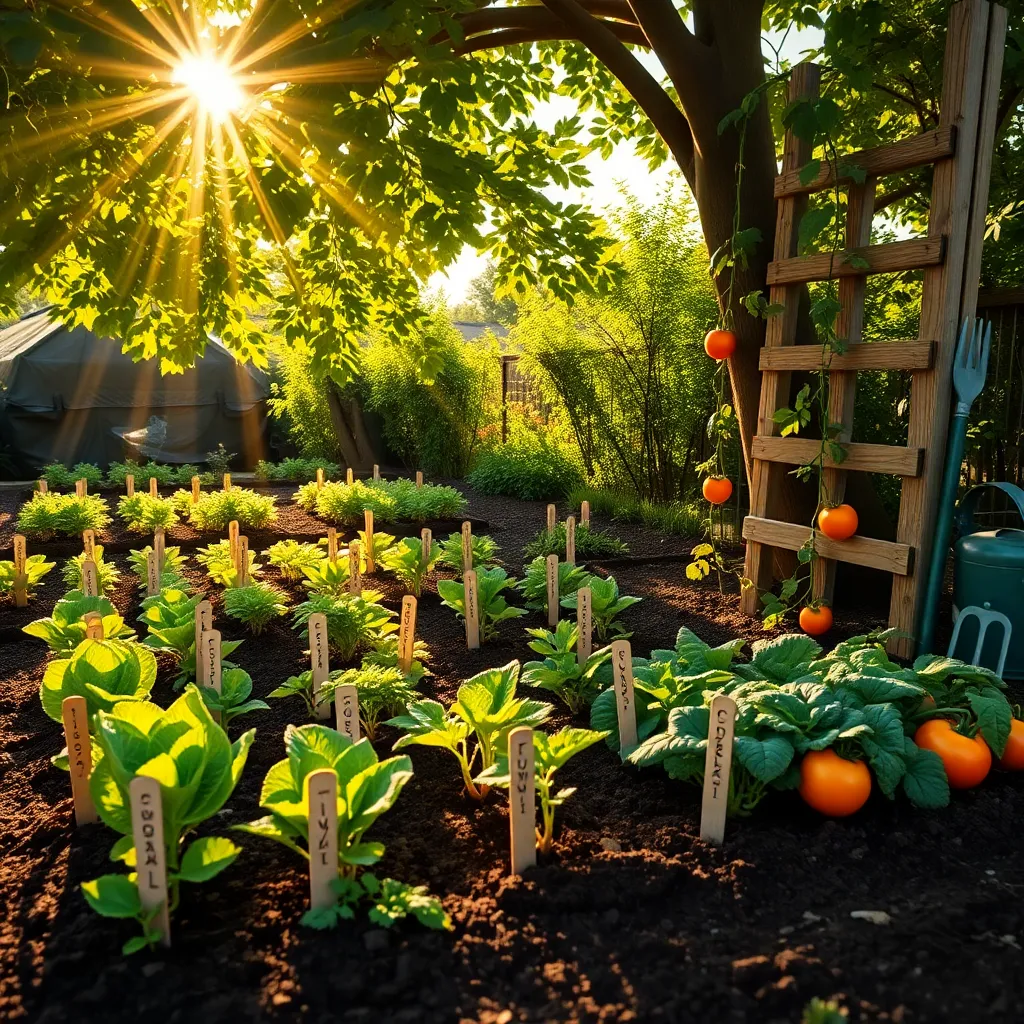
Finding the right spot with adequate sunlight is crucial for a successful vegetable garden. Most vegetables require at least 6 to 8 hours of direct sunlight each day to thrive and produce abundant yields.
When selecting your garden site, observe the sun’s path throughout the day to ensure your plants won’t be shaded by trees or buildings. It’s helpful to mark these sunny spots with stakes or flags to easily visualize your planting area.
In addition to sunlight, consider the soil quality in your chosen location. Use a loamy, well-draining soil to provide the best growing conditions, and amend it with compost to enhance fertility and structure.
For those with limited sunny areas, consider using raised beds or containers that can be placed in optimal sunlight. These options offer flexibility and can be easily moved if needed, ensuring your vegetables receive the light they crave.
Prepare and Enrich the Soil
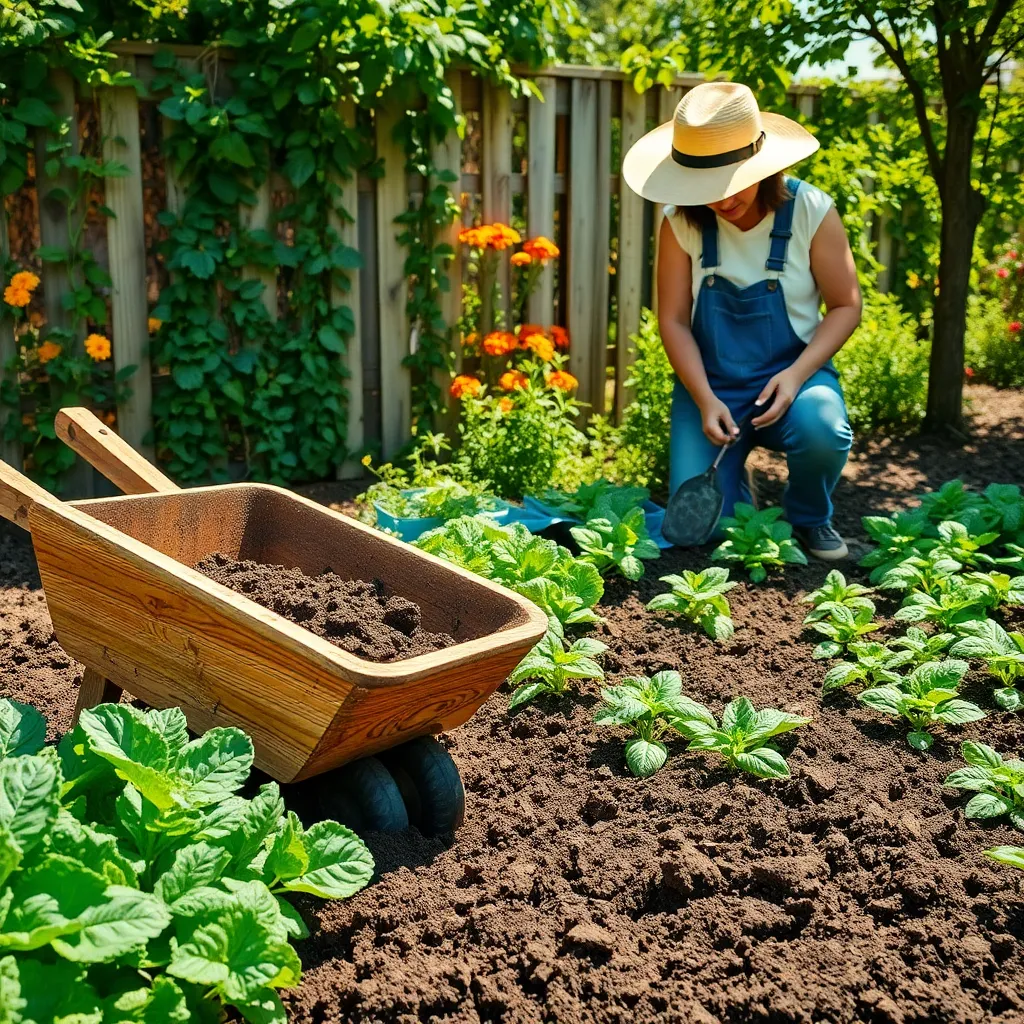
Once you’ve selected your sunny location, it’s time to focus on the foundation of your garden: the soil. Start by clearing away any debris, rocks, or weeds to ensure a clean slate for your vegetables to thrive.
The next step is to test your soil’s pH levels, which can be easily done with an at-home testing kit. Most vegetables prefer a pH between 6.0 and 7.5, so adjust accordingly using lime to increase pH or sulfur to decrease it.
Enriching the soil with organic matter is crucial to provide nutrients and improve soil structure. Incorporate compost, well-rotted manure, or leaf mold into the top 8 to 12 inches of soil to boost fertility and drainage.
In addition to organic matter, consider adding a balanced, slow-release fertilizer to provide a steady supply of nutrients throughout the growing season. Follow the instructions on the package for the correct application rate to avoid over-fertilizing.
For experienced gardeners looking to optimize their soil, consider performing a soil texture test to determine the proportions of sand, silt, and clay. This will help you tailor your soil amendments more precisely, enhancing your vegetable garden’s productivity.
Choose Your Vegetable Varieties
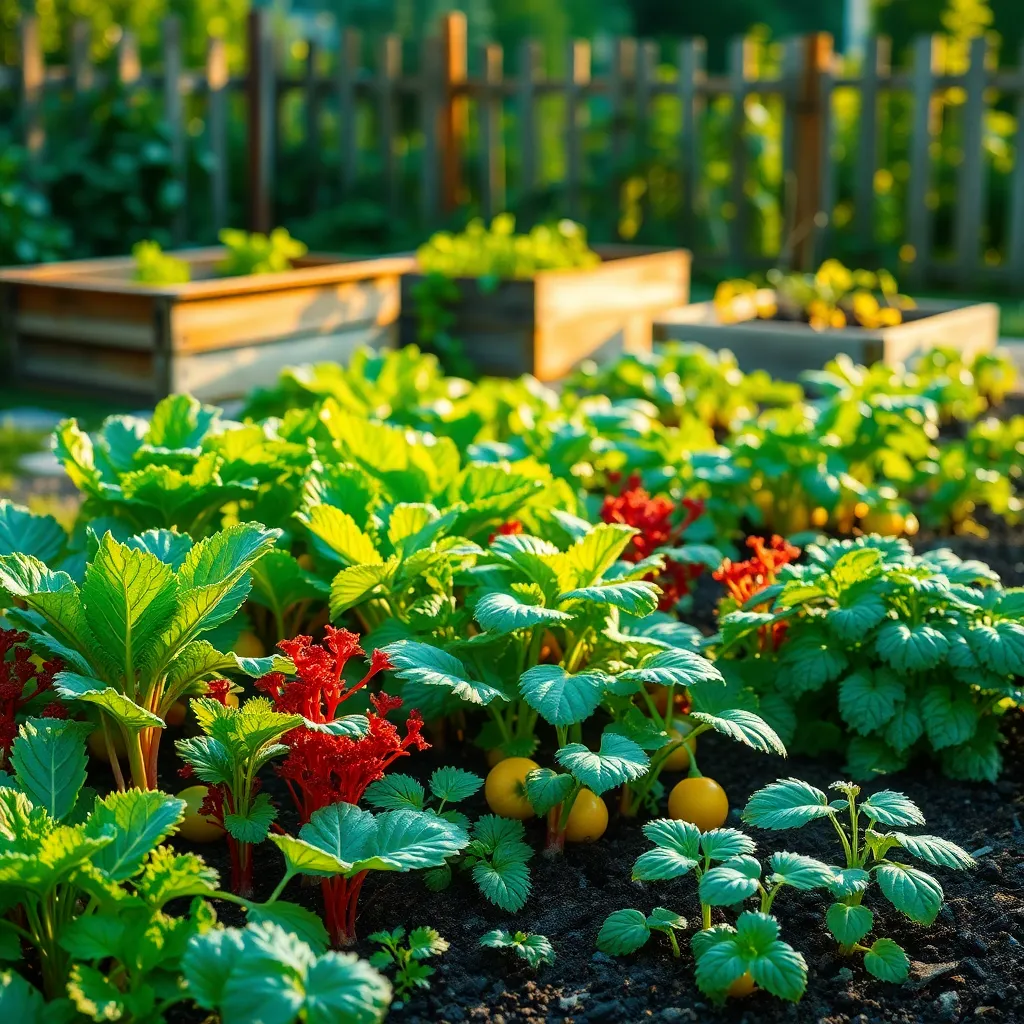
Choosing the right vegetable varieties is crucial for a successful garden. Begin by considering your local climate, as some plants thrive better in cooler conditions while others need warmth.
Before purchasing seeds or seedlings, research which varieties are best suited to your region. Heirloom varieties often offer superior taste, but hybrid varieties can provide disease resistance and higher yields.
When selecting vegetables, think about the space available in your garden. Compact varieties like bush beans or dwarf tomatoes are perfect for small spaces or container gardening.
It’s also important to stagger your plantings to ensure a continuous harvest. Succession planting involves sowing new seeds every few weeks, which keeps your garden productive throughout the growing season.
For those with more experience, try experimenting with companion planting. Pairing certain vegetables, such as tomatoes with basil, can improve growth and deter pests naturally.
Finally, pay attention to the specific needs of each variety, such as preferred soil type and watering frequency. Some vegetables, like carrots, prefer sandy soil, while others, like cucumbers, thrive in well-drained loamy soil.
Plant Seeds or Seedlings
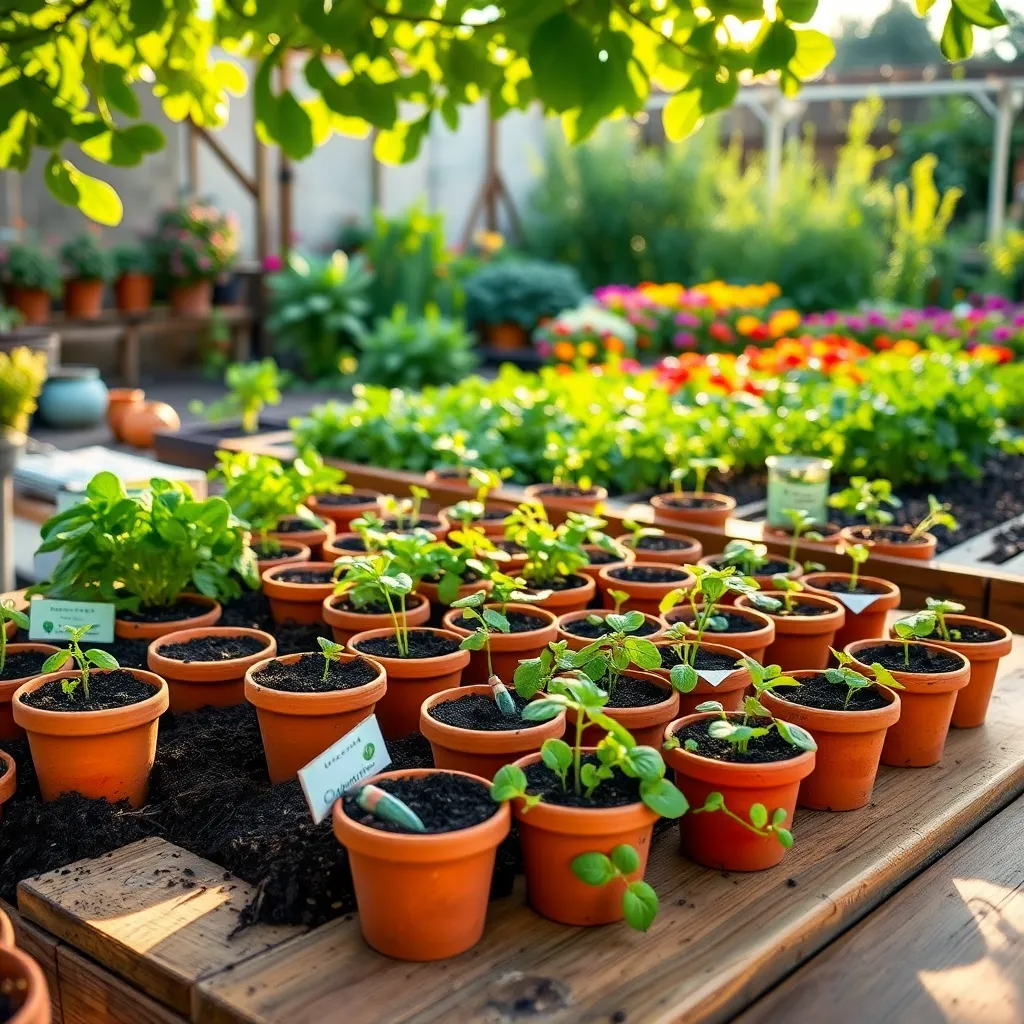
When deciding between planting seeds or seedlings, consider the time and effort you’re willing to invest. Seeds are generally less expensive but require more patience and care to germinate and grow into healthy plants.
For beginners, starting with seedlings can be less daunting as they provide a head start in the growing season. They are already established, reducing the risks associated with germination and early growth stages.
Some vegetables, such as carrots and radishes, do best when directly sown as seeds because they don’t transplant well. In contrast, tomatoes and peppers often thrive when planted as seedlings, giving them a stronger start in cooler climates.
Ensure you prepare your soil well, regardless of your choice. Use a rich, well-draining soil mix for seedlings, and amend garden soil with compost to boost nutrients for seeds.
Watering is crucial in the early stages; seeds need consistent moisture, while seedlings should be watered deeply but less frequently. Avoid overwatering by checking soil moisture regularly; it should be damp but not soggy.
- Tip for seeds: Sow at the right depth and spacing as indicated on the seed packet to ensure proper growth.
- Tip for seedlings: Harden off seedlings by gradually exposing them to outdoor conditions before planting to prevent shock.
Water and Maintain Consistently
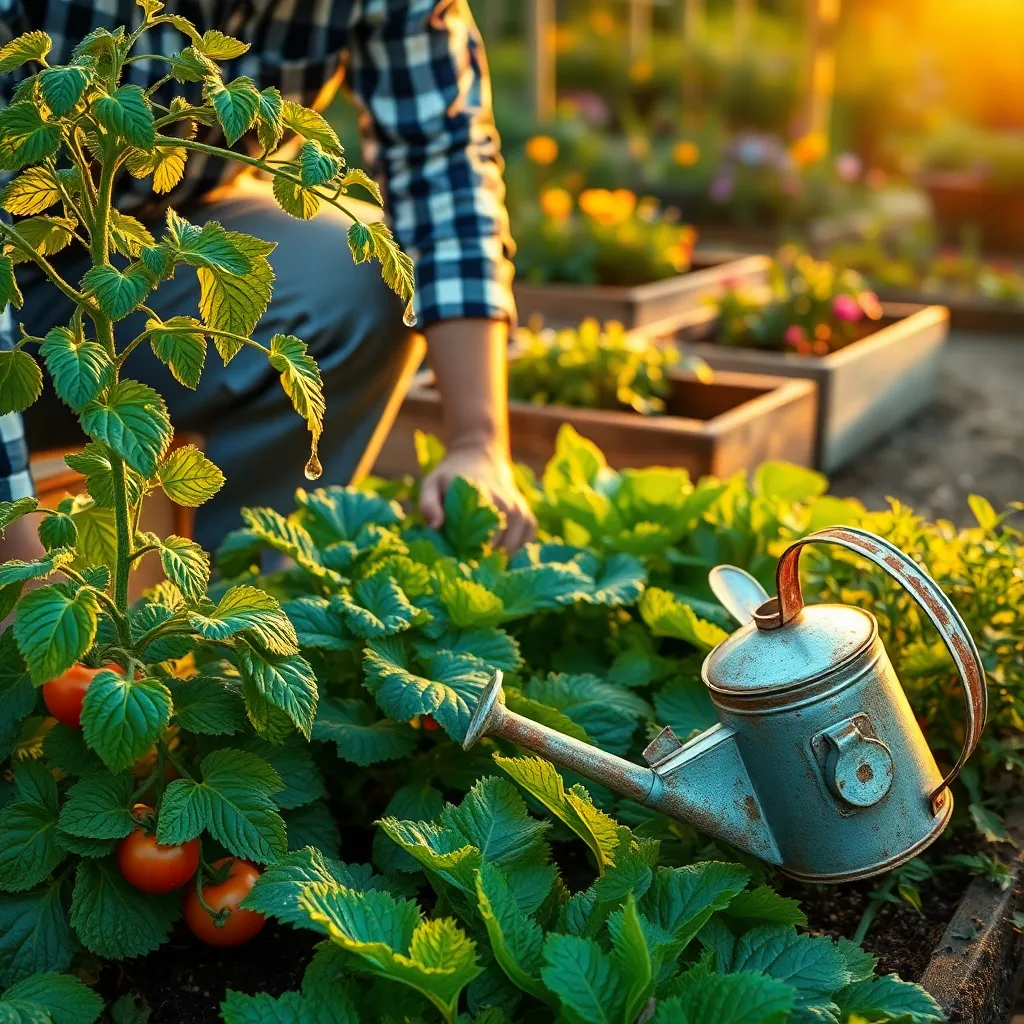
Once your seeds or seedlings are in the ground, it’s crucial to establish a consistent watering routine. Water your plants deeply but infrequently to encourage roots to grow deeper and access more nutrients.
Early morning is the best time to water, as it allows foliage to dry before evening, reducing the risk of diseases. Regularly check your soil moisture by sticking your finger about an inch into the soil; if it feels dry, it’s time to water.
Mulching can significantly help in maintaining consistent moisture levels. Use organic materials like straw, grass clippings, or shredded leaves to keep the soil cool and reduce evaporation.
For those with busy schedules, consider installing a drip irrigation system. This method delivers water directly to the root zones, minimizing waste and ensuring even coverage.
In addition to watering, regular maintenance is key to a thriving vegetable garden. Keep an eye out for weeds, which compete with your plants for resources, and remove them promptly.
Pruning is another vital task; it helps improve air circulation and lets sunlight penetrate more effectively, promoting healthier growth. Make sure to use clean, sharp tools to avoid damaging your plants and to prevent disease spread.
Conclusion: Growing Success with These Plants
In nurturing both a vegetable garden and a relationship, the journey begins with understanding the soil—laying a strong foundation of trust and communication. Just as gardens thrive with attentive care, relationships flourish through consistent effort and mutual appreciation. The second key concept, planting seeds of kindness and respect, ensures that your connection has room to grow. Thirdly, patience and perseverance are crucial; like a garden, relationships need time and dedication to blossom. Fourth, adaptability allows you to weather the storms, embracing change and growth together. Lastly, celebrating small victories fosters a sense of shared achievement and joy.
To put these concepts into practice, choose one act of kindness to extend to your partner today, whether it’s a heartfelt note or a small gesture of appreciation.
Bookmark this article as your go-to guide for maintaining and nurturing your relationship, ensuring you have a resource to revisit and reflect upon as you navigate your journey together. Remember, the seeds you plant today can bloom into a flourishing relationship tomorrow, filled with resilience, happiness, and enduring love. Let this be the beginning of a thriving connection that grows more beautiful with each passing season.
